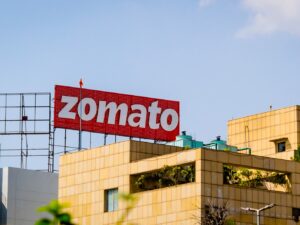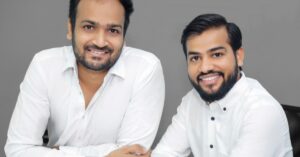Seenons wants to be the solution to the complex waste problem | Image Credit: Seenons
One of the trends taking over TikTok right now is a number of influencers sharing their zero waste lifestyle. The idea here is to show how they are able to disregard plastic and switch to reusable items like bamboo toothbrushes and even bamboo-sourced toilet paper. These influencers are promoting a lifestyle that leads to a home that is at least 90 per cent free from trash. If zero waste can have such an impact on homes then imagine their impact on the broader society.
Waste remains one of the growing challenges and it is not just restricted to use of plastics. From the way waste is collected to the way it is recycled, the ecosystem has far too many players and thus, too many vested interests. One startup wants to change this routine. Dutch startup Seenons is a platform that connects all those in the waste chain to save waste and work towards a circular economy.
Fixing the waste industry
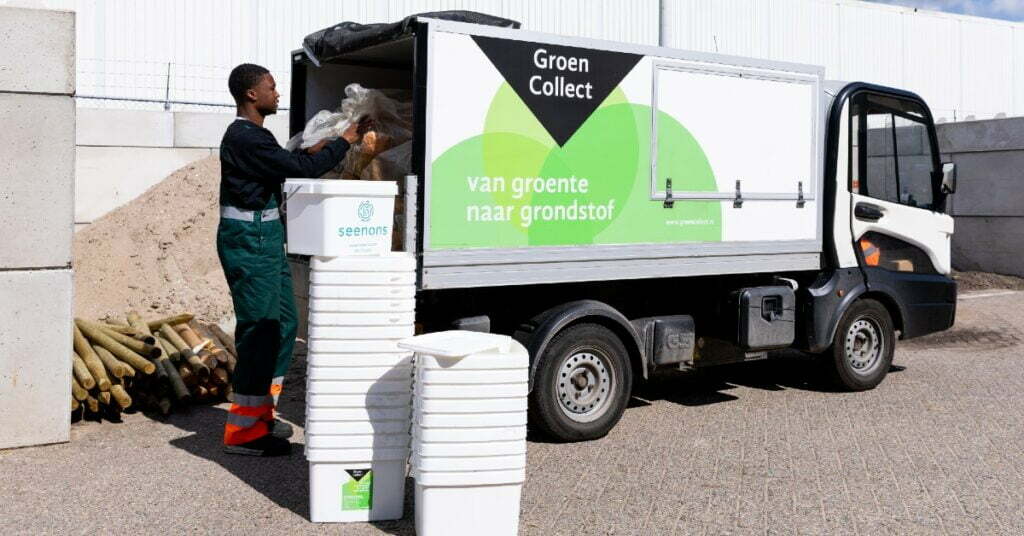
Joost Kamermans, an ex-BCG consultant, and platform entrepreneur Jorn Eiting van Liempt started Seenons around two and a half years ago upon realising that something was terribly wrong with the waste industry. Kamermans explains that the fact countries keep importing raw materials that they lack and at the same time, keep burning them doesn’t make sense.
He says the current chain of events are only leading to reduced availability of these resources. Kamermans and Van Liempt saw this not only as a bad idea but also one that has a serious impact on the environment. They immediately set on this mission to turn around these chains of events and the first change, Kamermans says, has to be that “you should not have any vested interests.”
“If you are the one who owns an incineration plant, you’re not going to want to change the system. And if you’re the one who owns a lot of diesel trucks, you’re not going to look at different modes of transportation, either,” says Kamermans.
With that profound knowledge of the current industrial complex around waste management, Kamermans and his co-founder began to build a platform that connects all the stakeholders. He says that the waste problem is so complex that everyone needs to work together to find a truly viable solution.
The idea here is to connect waste disposers with logistics companies and logistics companies with waste processors in the most transparent way. Once they built this data platform, they named it Seenons, which originates from a Dutch province called Limburg. In Limburg, when people go home, they say Seenons, which means “we will see each other.”
Kamermans says their Seenons is essentially a promise to customers that they will see the raw materials again but as a new product.
A waste free world
By waste free world, Kamermans says Seenons aims to ensure that residual waste does not end up in a landfill, or the ocean, or being burned. He says that the idea is to ensure minimum recycling and raw materials are either reused or even refused, which means preventing a material from reaching the state of waste in the first place.
“A lot of packaging is just completely unnecessary,” says Kamermans.
Another thing that Seenons is trying to bring to the waste industry is transparency. He says a lot of people in Europe know that their waste ends up in Asia or Africa and they don’t want it to be that way. The reason such practice is predominant is because it costs a lot of money to get rid of waste in the first place.
Secondly, countries like the Netherlands have strict environmental regulations in place, which makes it cheaper to dump waste in an empty boat and send it to an ocean or another country. He says by creating Seenons, they are making the flow of waste transparent to people who earlier did not know where their waste ended up.
Kamermans says one of the challenges facing this industry is the need to separate waste. He calls it more effort than a situation where you can throw all the waste in the same bin. The misleading information that one can throw all the waste in the machine and that everything will get sorted afterwards is another pitfall facing the waste treatment industry.
With raw materials becoming expensive and taxes being levied for burning waste, there is now a financial incentive for companies to follow the rules. “It makes more and more sense to sell your waste. We are now actually giving [our customers] money back for their wastes, because it’s actually worth something,” explains Kamermans.
How does Seenons work?
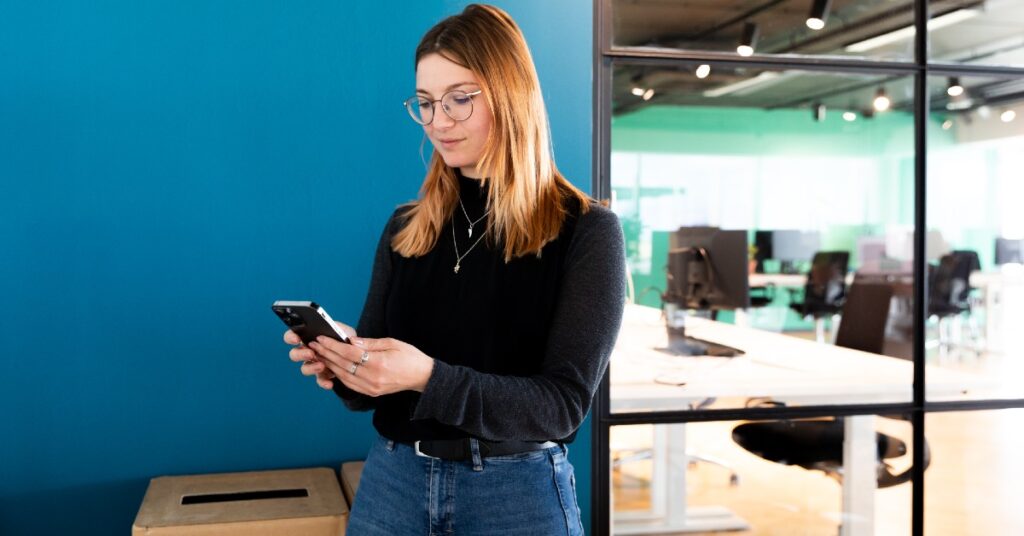
In layman terms, Seenons can be described as an uber for waste. The process begins with a company separating their waste and then opening the app to select the type of waste to be picked up. Once they do that, the algorithm selects the best mode of transportation and then matches that with the processor.
This matching process is where Seenons has a huge lead. For the mode of transportation, it chooses between an electric garbage truck, or a cargo bike. For processors, again the selection criteria boils down to whoever has the best solution to turn waste into a product or raw material at the best price. The selection also takes into account things like volume, location, and type of waste stream.
With raw materials becoming expensive and taxes being levied for burning waste, there is now a financial incentive for companies to follow the rules. “It makes more and more sense to sell your waste. We are now actually giving [our customers] money back for their wastes, because it’s actually worth something,” explains Kamermans.
Kamermans also has examples of how some of the common raw materials get turned into useful products. He says when a cardboard is thrown away, it becomes a cardboard again and gets bought back as a box. Similarly, an orange peel has a lot of oils that get extracted and used in cosmetics.
Seenons is currently operating in the Netherlands and has plans to expand to other European markets. It also works only with companies and corporations and not residential complexes since it is the work of municipalities there. However, it does count the municipality of Amsterdam as its customer, which makes Seenons an indirect player in ensuring household waste does not end up in a landfill.
In terms of goal, Kamermans says Seenons envisions itself becoming the leading circular platform in Europe. He wants to establish a pan European footprint but is not interested in a leading economy like the US. He says the US is “far behind” when it comes to creating an ecosystem necessary to take residual waste and turn it into another useful product.
Rise programme is peer learning for entrepreneurs
Seenons was one of the nine startup/scaleup selected as part of batch 7 of Techleap.nl’s Rise programme. Kamermans says he joined the programme because it offers an opportunity to work with a lot of industry peers. He says these are companies that he respects and wants to learn from.
“During the programme, you find out that you are teaching each other. You are comparing yourselves with each other and trying to understand how they deal with a problem that you are currently facing,” Kamermans says about his Rise experience.
He says Rise helped Seenons understand that they have been super critical of themselves in their quest to achieve perfection. Through the Rise programme, the Seenons team learnt that their efforts have been good enough even when they felt they could have done better in certain areas.
The programme also helped the founders of Seenons understand things that could become a problem over time. “We started solving it even before it actually went wrong,” adds Kamermans.
He also says their ambition to become the leading circular platform in Europe by 2026 came from the Rise programme. Like many other startups and scaleups, Rise has been crucial for Seenons to have a shift in mindset. Instead of looking at just the Netherlands or Belgium, Seenons is now looking to be a leader in the European landscape and Kamermans says Rise played an important role in setting that goal.
Growing faster than anticipated
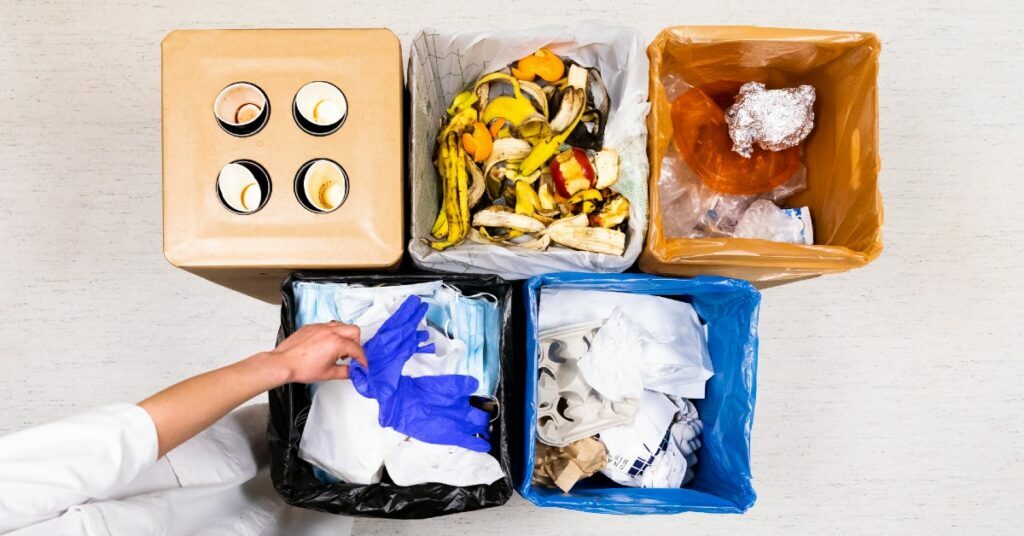
One of the challenges that startups can easily fathom is growing faster than they anticipated. Kamermans says hypergrowth has been one of the challenges because of the demand for what they are doing, driven by the pandemic and shortage in materials. “So we expected a certain revenue this year, and we were way above that,” he says.
Kamermans says they started with a very ambitious target in the eyes of several outside stakeholders. However, Seenons has grown faster than their predictions and has also seen its team grow from just two people to 50 in just two years. Despite all the success and hypergrowth in revenue, Kamermans and the team at Seenons stays focussed on the mission.
The co-founder says that part of their meteoric success is also due to external factors. “I think what we do have control over is the process that we design ourselves and the way we structure our own organisation,” Kamermans says.
He says Seenons aims to support the ecosystem by helping smaller circular initiatives and offering companies resources to scale their business plans.
The startup raised €6M in the form of Seed rounding in October last year and Kamermans says Seenons is not actively looking to raise additional funding. With its financials looking stronger, Kamermans plans to keep conversations open but is in no hurry to close any funding. For entrepreneurs building impact startups, he says people should stop reading news about people like Jeff Bezos building and scaling a big company from the garage.
Catch our interview with Paul Down, Head of Sales at Intigriti.




